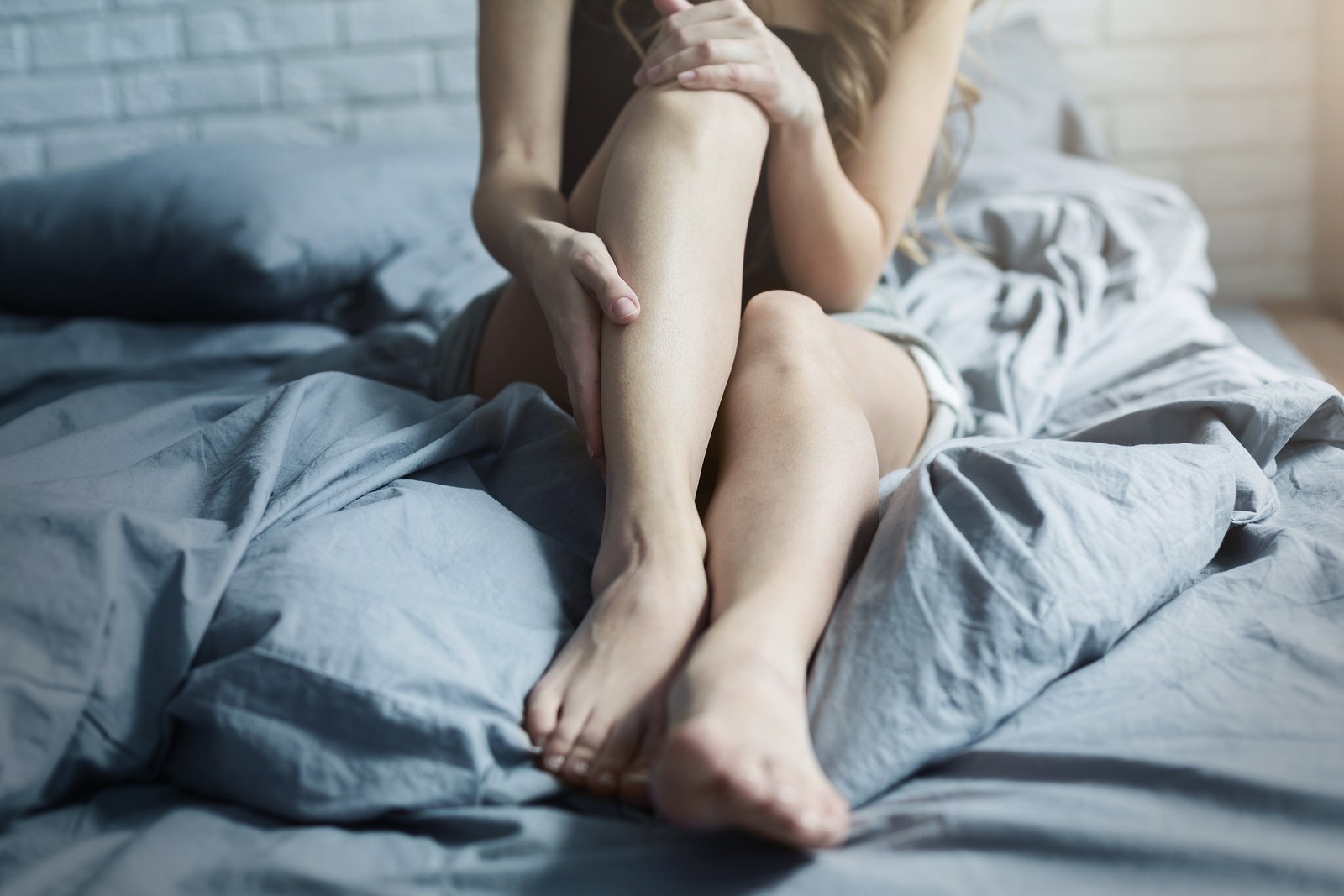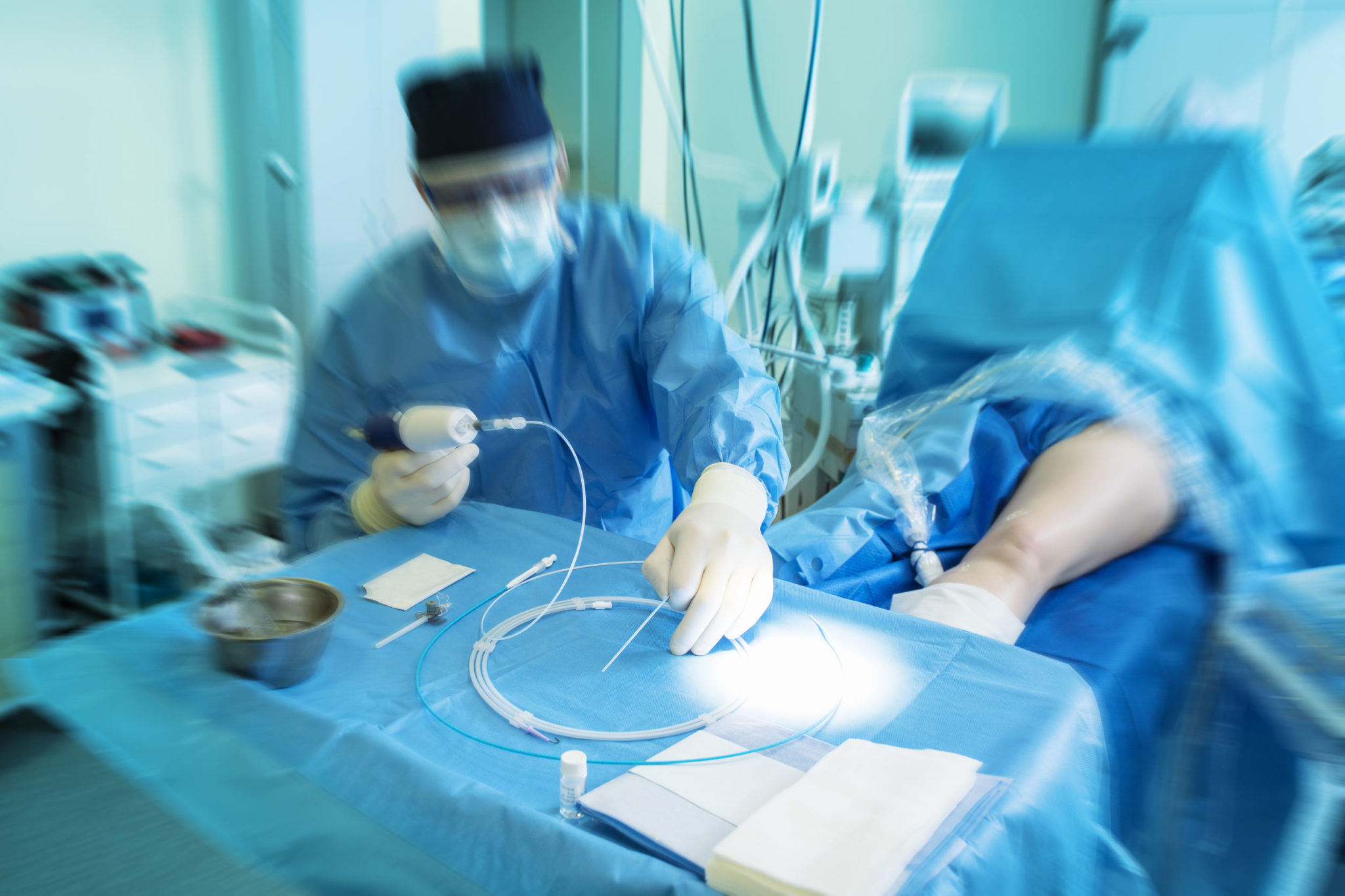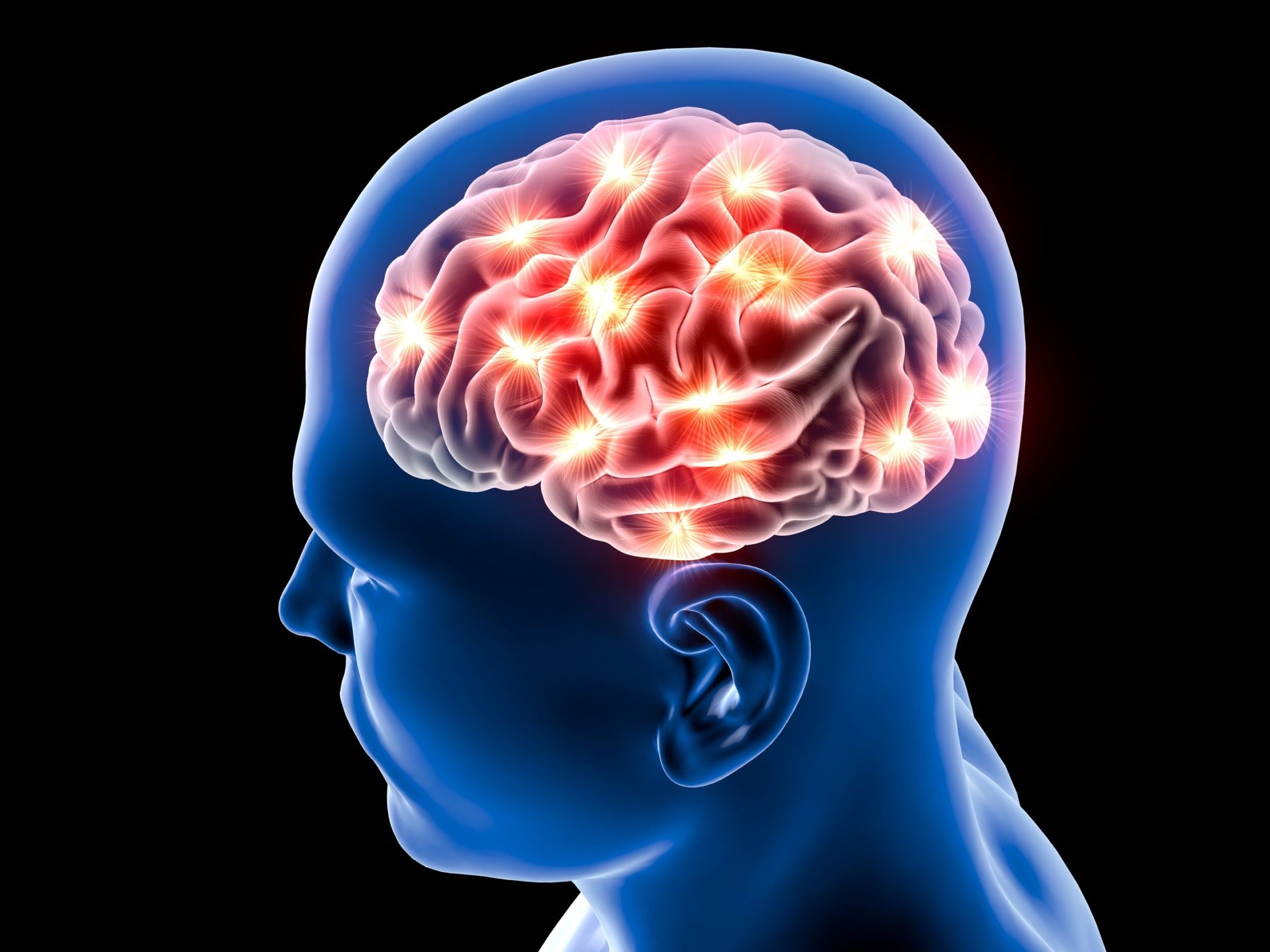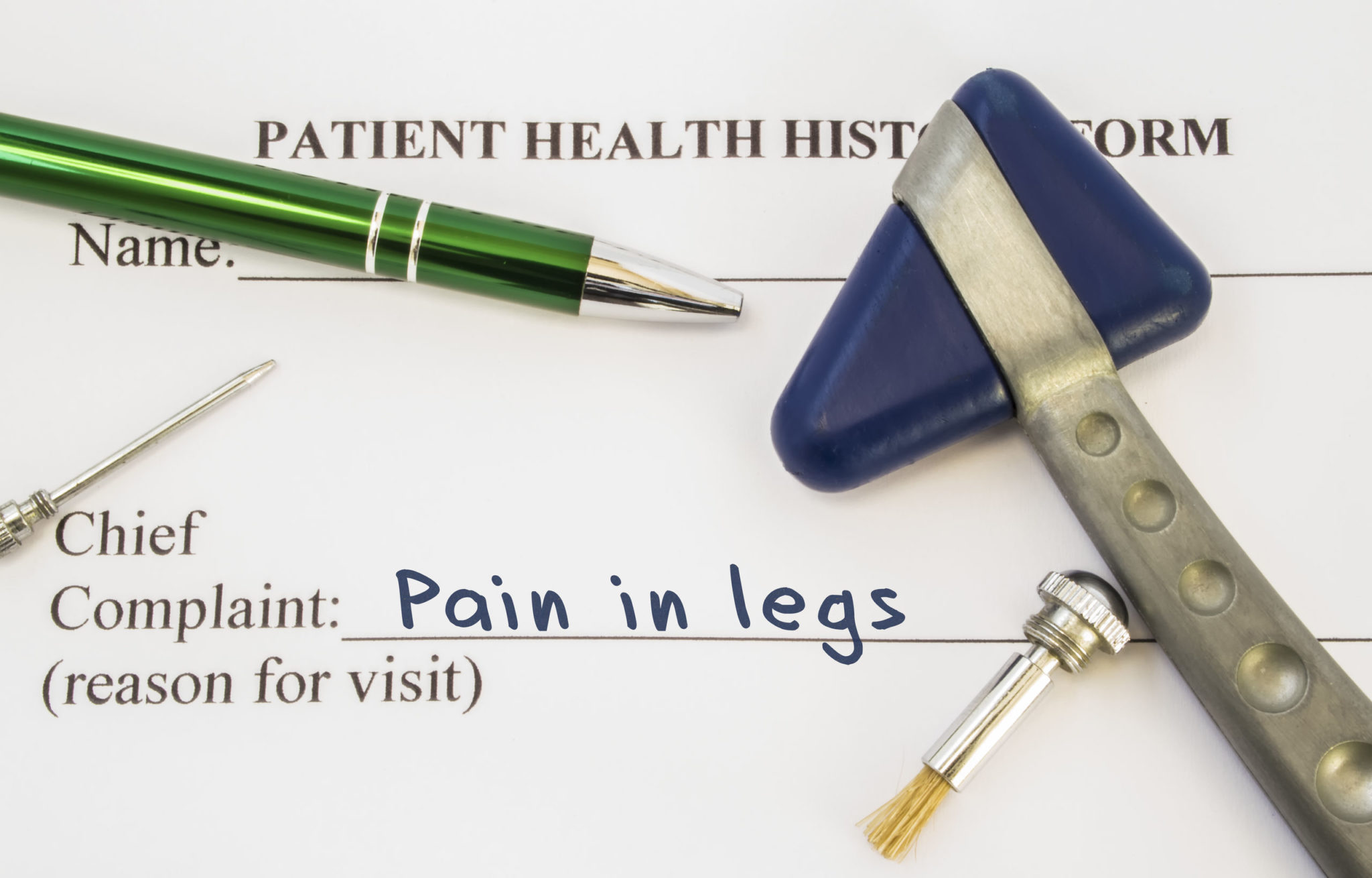
Restless Leg Syndrome
Also known as Willis-Ekbom Disease, Restless Leg Syndrome (RLS) is a condition that’s characterized by unpleasant and uncomfortable sensations in the legs and an uncontrollable urge to move them. Restless leg syndrome has many possible causes, including venous disease, and effective treatment revolves around managing the symptoms to improve quality of life. So, if you’re suffering from RLS and are diagnosed with an underlying venous disease, there is hope for treatment and relief of symptoms.
While the severity may differ between affected individuals, most patients report symptoms that occur in the late afternoon to evening hours, with the worst effects occurring at night when the patient is resting. This can also occur when the patient is inactive or sitting for long periods of time, such as on a road trip.
Because the condition worsens during the night, RLS can cause sleep disturbances and difficulty returning to sleep after arousal. In many cases, moving the legs or walking can temporarily relieve the discomfort, but the sensations return once the movement stops.
RLS is classified as a sleep disorder, due to the symptoms being triggered by resting and worsening in the evening, and a movement disorder, since patients are forced to move in an effort to relieve discomfort. Though these classifications apply, RLS best fits the category of neurological-sensory disorder, since the symptoms and underlying condition are caused by the brain.
RLS can also be found in a group of disorders that contribute to exhaustion and daytime drowsiness, which can have an impact on concentration, job performance, mood, personal relationships and overall wellbeing. Because of the sleep disruption, patients affected by RLS report an inability to concentrate, poor memory and difficulty performing day-to-day tasks. Left untreated, moderate to severe cases of RLS can lead to a 20 percent decrease in productivity, as well as anxiety and depression.
At this time, it’s estimated that roughly 10 percent of the U.S. population suffers from RLS symptoms. Though it can affect both men and women, it’s more common in women. The most severe cases typically occur in middle-aged individuals, though it can start at any age, and the symptoms tend recur more frequently and at greater severity with age.
Among patients with RLS, over 80 percent also experience periodic limb movement of sleep (PLMS). This is characterized by involuntary twitching and jerking movement of the legs and arms during sleep, which can occur every few seconds throughout the night. PLMS is a separate condition, however, so those with PLMS don’t necessarily have RLS.
Symptoms of Restless Legs Syndrome
As the name suggests, RLS is characterized by an irresistible and uncontrollable urge to move, which often includes unpleasant sensations in the legs that are dissimilar to sensations that are commonly experienced by healthy individuals. The sensation is difficult to describe accurately, but many patients report pulling, aching, throbbing, crawling, itching or creeping feelings. These sensations are typically felt in the legs, but some patients experience them in the arms, head or chest. It’s also possible to have RLS symptoms on only one side of the body or alternating between sides, and most patients report symptoms on both sides.
When the symptoms become too severe, patients will move constantly to relieve the sensations, which can include rapid leg movement, tossing and turning, fidgeting or pacing the floor.
One symptom that’s nearly universal across patients is that the severity of symptoms increases significantly at night, followed by a brief, symptom-free window in the early hours of the morning. This helps some patients get more restful sleep, but it’s rarely enough to counteract the effects of prolonged sleep disturbances. In some cases, sleep deprivation can worsen the symptoms, creating a vicious cycle.
Though it’s a chronic condition with no known cure, RLS is highly variable. The symptoms can vary in severity and frequency between patients, or even from one day to the next. Unfortunately, just a few occurrences of severe RLS symptoms can be enough to disrupt the sleep schedule and affect alertness and function during the day. For patients who experience more frequent and severe symptoms, the impaired function can be detrimental.
Remission can occur with RLS as well, with spontaneous periods of symptom relief that can last weeks or months, but this is more common in the early stages. RLS is progressive, so the symptoms will become worse over time.
Furthermore, if RLS is connected to another condition, the onset tends to be rapid and extreme. For those without a related condition contributing to RLS, the symptoms tend to progress slowly, sometimes resulting in years between episodes.
Causes of Restless Leg Syndrome
Researchers have yet to find a true cause of RLS, but it has been established that there’s a genetic component. This can be seen in families with RLS patients who experienced an onset of symptoms prior to age 40. Evidence also indicates that low levels of iron can contribute to RLS as well, but more research is needed.
A vast amount of research indicates that RLS symptoms arise from dysfunction in an area of the brain that controls movement, the basal ganglia, and the neurotransmitter dopamine, which is needed for purposeful movement of muscle. When these neural pathways are disrupted, it can cause involuntary movement. Parkinson’s disease, a disorder of the basal ganglia dopamine pathways, also increases the risk of developing RLS.
Other evidence suggests that RLS may be related to the following conditions:
- Iron deficiency.
- End-stage renal disease.
- Hemodialysis.
- Neuropathy.
The use of certain substances, such as nicotine, caffeine and alcohol, may also be related to RLS. Though they’re not considered related, the use of certain medications, such as antiemetic, antipsychotic, antidepressant and antihistamine medications, are believed to increase the severity of RLS symptoms.
Pregnancy is connected to RLS as well, though the symptoms typically resolve in the weeks following delivery. Sleep disorders and sleep deprivation are also believed to trigger or worsen existing RLS symptoms.
Restless Leg Syndrome Diagnosis
There’s no diagnostic test for RLS, so patients must be evaluated by a doctor to decide if they’re suffering from RLS or another condition.
Clinical diagnosis of RLS includes the following criteria:
- A powerful, uncontrollable urge to move the legs that may be associated with uncomfortable or unpleasant sensations.
- The urge to move is triggered or worsened by long periods of inactivity.
- The urge to move is temporarily relieved by movement.
- The urge to move is worse in the evening and at night.
- The previous symptoms can’t be attributed to other conditions.
In diagnosing RLS, the doctor will use the description of symptoms, as well as the specific triggers and methods of alleviating discomfort and the time periods of symptoms over the course of the day. In addition to these specific diagnostic criteria, the doctor will also review the medical and family history, current or past medications, a physical exam and in some cases, a neurological exam.
The doctor will also evaluate the duration, frequency and severity of symptoms, the time it takes to fall asleep, the need for movement to relieve symptoms, sleep disturbances, daytime drowsiness and ability to perform daily tasks.
Certain laboratory tests can eliminate other possible conditions that cause these symptoms, such as iron-deficient anemia, pregnancy or kidney failure. Blood tests are typically used to identify these conditions. Sleep studies may also be used to determine other possible causes of sleep disturbances and sleep deprivation, which may affect the management of RLS symptoms. During these sleep studies, any noticeable limb movement may support the RLS diagnosis, but that can be seen in healthy individuals as well, so it’s not clinically significant on its own.
Diagnosing children with RLS is particularly challenging, since children are unable to articulate their symptoms and experiences in the same way as adults, especially when it comes to length and frequency of symptoms. Because of this, RLS symptoms in children are often attributed to other conditions.
Restless Legs Syndrome Treatment
There’s no cure for RLS, but treatment revolves around the management of symptoms. Movement is believed to alleviate the uncomfortable sensations, and cases of RLS with identifiable underlying conditions can be controlled by treating the cause.
Increasing iron intake can be helpful for some patients, especially if the RLS is caused by an iron deficiency, but it’s not appropriate for all cases. Other medications may help, but there’s no specific drug designed to treat RLS specifically. Because of this, patients need to try different treatment protocols to find medications that work for them.
Other RLS treatment options include:
- Lifestyle changes: In some cases, patients find relief through specific lifestyle changes, such as eliminating or reducing the use of nicotine, alcohol and caffeine, maintaining a normal sleep cycle, massaging the legs, using a heating pad or adopting an exercise routine. Stretching and aerobic workouts may provide relief for some patients. The Food and Drug Administration (FDA) also approved a few medical devices that can relieve the symptoms of mild to moderate RLS.
- Iron supplements: Ferritin and transferrin saturation are the two blood tests that measure the iron levels in the blood. If these tests come back low or on the lower end of the normal range, iron supplements are tested as a possible treatment. These are available over the counter and have minimal side effects, such as digestive upset. Supplemental iron isn’t absorbed as readily as naturally occurring iron, so it can cause constipation or hard stools in some patients. In some cases, iron supplementation has no effect on iron levels, so iron given intravenously can be used to relieve symptoms and restore healthy iron levels.
- Anti-seizure medication: Anti-seizure medications, such as enacarbil and gabapentin, have been approved by the FDA for the treatment of moderate to severe RLS. For many patients, these medications are effective and carry little risk of worsening symptoms. Other anti-seizure medications may be used to decrease the sensory disturbances and nerve pain associated with RLS. The side effects for these medications include fatigue, dizziness and drowsiness.
- Dopaminergic medications: Dopaminergic medications increase the activity of dopamine-related processes in the brain, so they’re usually indicated as treatment for Parkinson’s disease. When taken at night, dopaminergic medications are effective for relieving the symptoms of RLS. These drugs are usually well tolerated, but their side effects include dizziness and nausea.
Unfortunately, the long-term use of dopaminergic medications can cause a worsening of symptoms in many patients. Over time, sufferers may find that their symptoms appear earlier in the evening, eventually becoming an around-the-clock issue. The dose may become ineffective over time as well, and the symptoms may increase in intensity or begin to affect other areas of the body. In some cases, dopaminergic medications may lead to obsessive or compulsive behaviors, which usually disappear once the medication is stopped.
- Opioids: Opioid drugs include methadone, oxycodone, hydrocodone and methadone, and can be used to treat the severe symptoms of RLS in patients who haven’t responded well to other treatment options. These drugs have some serious side effects, however, such as dizziness, nausea, chronic constipation and a high risk of addiction, but low doses are usually prescribed to treat RLS.
- Benzodiazepines: Benzodiazepines help with sleep, which is one of the biggest concerns with RLS. Though they can promote a restful sleep, benzodiazepines may also lead to daytime fatigue and drowsiness, as well as decreased focus and concentration. These drugs are typically used to treat muscle spasms, anxiety and insomnia. Because these drugs may also cause long-term sleep problems, they are reserved as a last resort for managing RLS.

One of the biggest challenges for RLS patients is dealing with chronic discomfort, so finding support and coping strategies are necessary to prevent depression, anxiety and similar conditions.
- Talking to family, friends and other sufferers helps a patient develop a support system to turn to when symptoms are severe or persistent. This also helps patients cope in social situations, without having to explain the urge to walk, stand or pace to relieve symptoms.
- Keeping a diary can be helpful for both doctors and patients, since it provides a means for tracking symptom frequency, severity and onset, as well as medical interventions that did or did not provide relief.
- RLS support groups bring patients together to share insights, frustrations and challenges among other RLS sufferers and family members. Like support groups for other chronic conditions, RLS support groups not only help patients combat the depression related to the condition, but also gives them emotional support to supplement medical treatment.
Restless Legs Syndrome Prognosis
RLS isn’t a life-threatening condition, but it is chronic and has no current cure. Many therapies and interventions are used to minimize symptoms, control the negative effects and promote normal sleep cycles, however. In most patients, this condition is progressive and the symptoms worsen with age, though this effect is often accelerated in cases of RLS that’s secondary to another medical condition.

Having RLS is not a risk factor for other neurological diseases, despite the similarities in the pathology. Some RLS patients also experience remissions, or periods of time without symptoms, though the symptoms usually reappear at another time.
If RLS symptoms are mild and don’t cause significant disruptions to sleep cycles or day-to-day tasks and activities, it doesn’t require treatment.
Ongoing Restless Legs Syndrome Research
With so many patients affected by RLS symptoms, many researchers are seeking a better understanding of causes and contributors to the condition, as well as potential treatment options.
Despite the unknowns, it’s believed that disruptions in the brain’s signaling pathways are a significant factor in the disease, particularly with dopamine signals in the basal ganglia. This is further supported by the ability of dopamine agents to treat RLS and other movement disorders, but more research is needed to find the connection between long-term use of dopamine agents and the prevalence of impulse-control disorders.

There also appears to be a genetic component to RLS, but at this time, there’s no genetic testing available. In addition, overactive brain arousal systems seem to contribute to RLS symptoms, particularly the urge to move and the sleep disturbances, so research is needed to find a solution to the arousal. Along with helping RLS symptoms, these findings may also provide new insight into treating other cognitive and movement disorders.
Restless Leg Syndrome and Venous Reflux/Varicose Vein Disease
Doctors who treat varicose veins often listen to their patients describe symptoms like throbbing or crawling sensations in their legs, which are quite similar to the symptoms of RLS. While RLS has long been suspected as a symptom of venous insufficiency by phlebologists, more and more research is identifying venous insufficiency treatments as a possible solution for RLS patients.

In fact, Dr. Simon and other vein specialists have noted the underlying superficial venous reflux present on the ultrasounds of these patients. The question that still remains, however, is whether RLS is a more severe and pronounced set of the classic vein disease symptoms? Or, is it a disease all its own?
Regardless, when ultrasound shows superficial venous reflux, it’s frequently noted by patients that their RLS symptoms lessen, or even disappear completely, when the venous reflux is treated.
If you want to learn more about varicose vein and venous reflux treatments, or how these treatments can relieve the symptoms of RLS, Vegas Valley Vein Institute can help. Contact us today to schedule your consultation!





kamagra consultation en ligne du jour au lendemain
sans ordonnance kamagra sans ordonnance comprime franche comte
achat kamagra francaise
buy cheap enclomiphene australia buy online
cheap enclomiphene uk meds
how to order enclomiphene cheap with fast shipping
order androxal buy online usa
ordering androxal purchase online from canada
buy cheap androxal cheap next day delivery
buy flexeril cyclobenzaprine canada over the counter
buy flexeril cyclobenzaprine generic flexeril cyclobenzaprines
online order flexeril cyclobenzaprine generic information
comprar dutasteride en espana
buying dutasteride canada medicine
discount dutasteride purchase generic
gabapentin without prescriptions
ordering gabapentin australia to buy
how to buy gabapentin australia where to buy
order fildena cheap pharmacy
buy fildena canada medicine
how to order fildena canada drugs
cheapest buy staxyn canada fast shipping
how to order staxyn cheap trusted
online order staxyn canada medicine
buy itraconazole purchase no prescription
cheapest buy itraconazole usa generic
cheap itraconazole generic order
cheapest buy avodart generic no prescription
avodart cod delivery next day
generic avodart in the united states
how to buy rifaximin usa seller
online order rifaximin generic online buy
purchase rifaximin australia over the counter
purchase xifaxan cheap to buy online
cheapest buy xifaxan buy in the uk
prescription xifaxan without
kamagra bez r x
comprar kamagra en usa
kde si mohu koupit kamagra bez lékařského předpisu